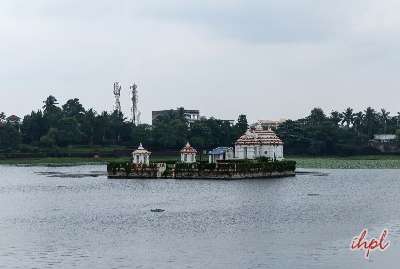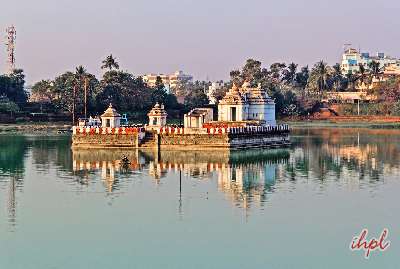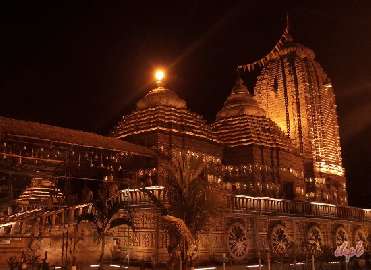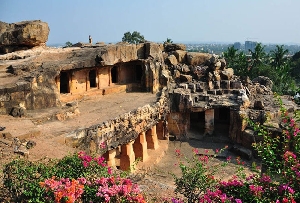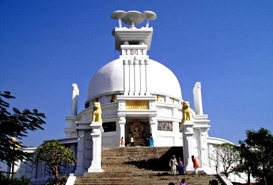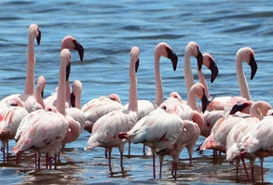Orissa is known for its ample natural resources and wildlife sanctuaries that constitute a sizable portion in your travel itinerary. While on a Tour to Orissa, you are presented with the multi faceted options and to cover all aspects of it would take you at least a couple of weeks. This vast state is also known for its cultural activities. The Arts and Crafts of Orissa are known throughout India for their ingenious forms. Performing Arts of Orissa have also carved a niche for itself in the world platform. These are more than mere dance forms and reckoned the world over. Some of these dances are ritualistic in essence, while others resemble a fiery clarion call to the soldiers; still others are performed in accompaniment with folklore of Orissa. On the whole these dance forms present a wide spectrum of color, courage and gaiety of the people of Orissa. The Pala Dance has an age old history that dates back to the Mughal period.
Pala Dance and its Background
This dance form is generally associated with the cult of Satyapir. This is a mixed cult because of the adaptation of the Satya Narayan cult of Hinduism with that of the Pir of Muslims. This cult also brings into the forefront the secularistic spirit. There is a legend regarding it which tells how King’s Maidanb’s daughter conceived a child while smelling a flower in the river bed. The King got to know of it and exiled her. She gave birth to a bloody mass which she discarded in the river. The birth of Satyapir was eventful no doubt but more interesting is the legend surrounding how he came across a Koran and accepted Islam. Significantly there are two types of Pala dance in Orissa. The Baithaki Pala dance is practiced in a sitting posture while the Thia is a form of pala that is practiced while standing upright.
Thia Pala Dance
The Thia Pala dance is a derivative and developed form of Danda Nata where six performers form a group. The Pala starts with the invocation to Satyanarayan with extracts from Puranas and other famous poets. The singers dance, enact and explain the meaning of the verses. This dance form is mainly ritualistic in essence. The voice modulations of the singers are really worth noting.



